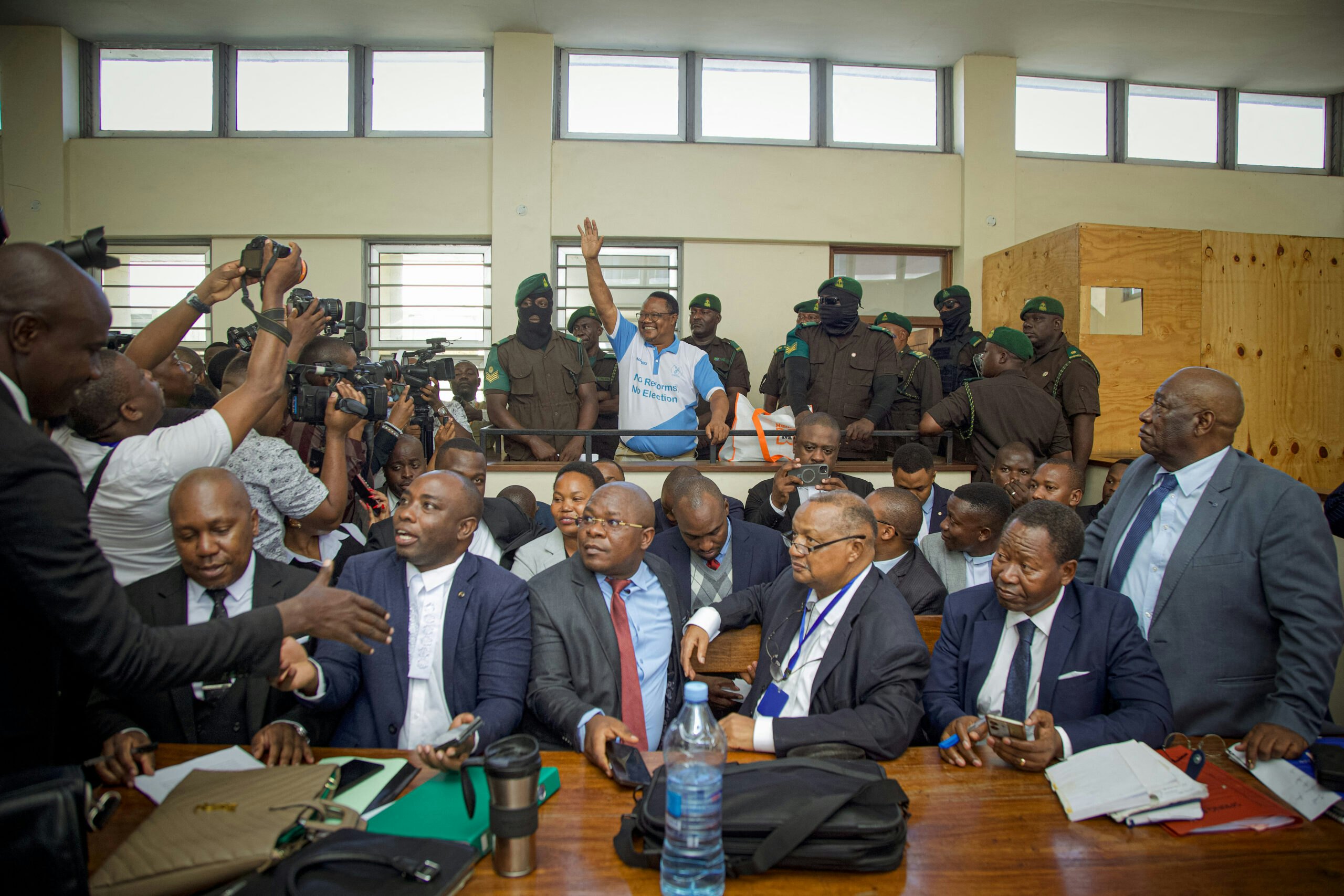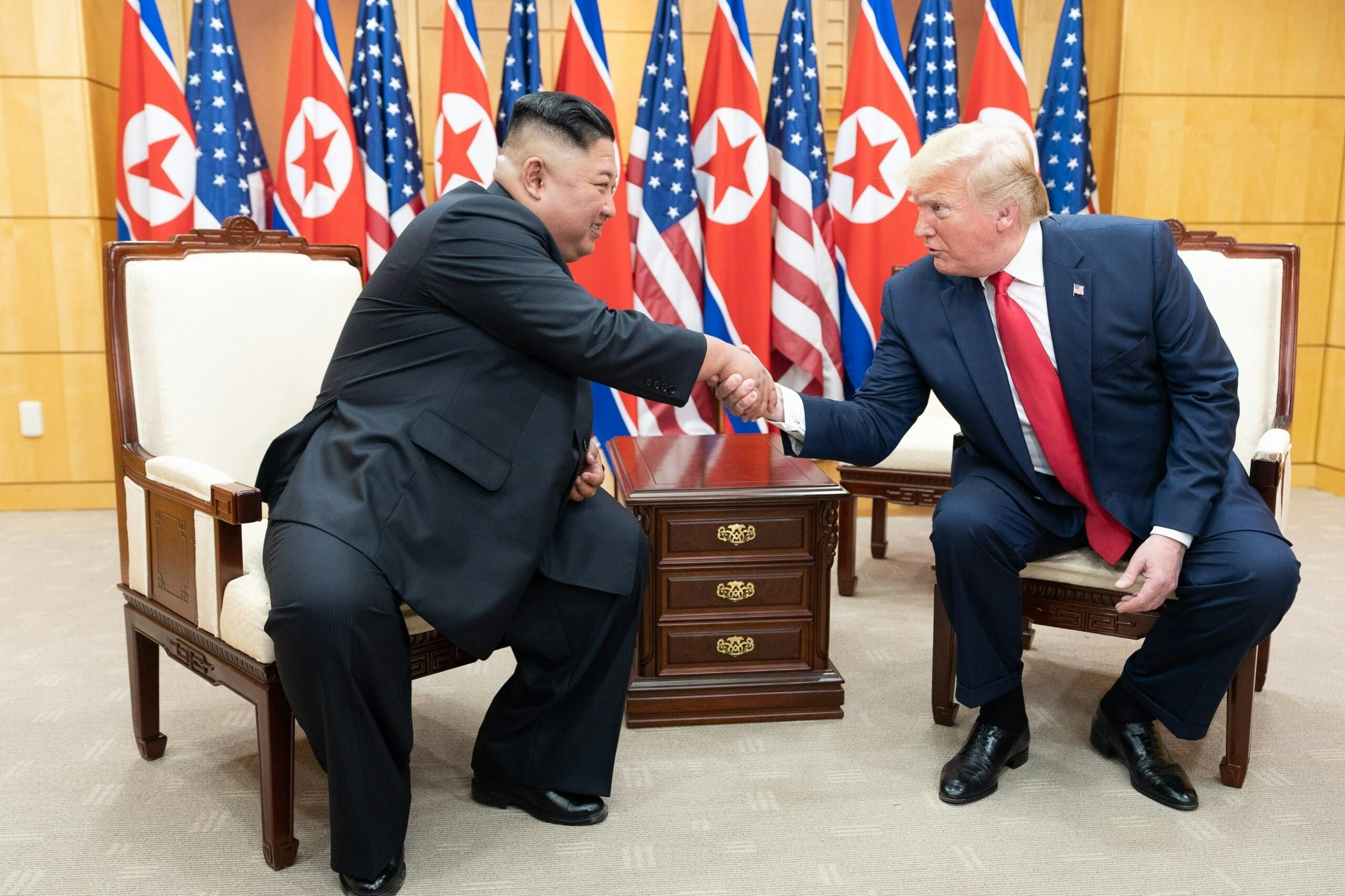I had the opportunity to visit Taiwan in late July at the invitation of the Taipei Economic and Cultural Representative Office to the United States as part of a delegation of U.S. scholars and experts organized and sponsored by Taiwan’s Ministry of Foreign Affairs.
My experience in Taiwan underscored why the United States should remain vigilant about events unfolding in the Taiwan Strait and South China Sea, even as conflicts and crises in other regions require attention from U.S. leadership. The United States should not only assist in Taiwan’s potential military defense as a deterrence strategy but also apply diplomatic and economic tools to deter Beijing from overreaching.
The stakes are high because Taiwan sits at the crossroads of geopolitical, technological, and systems competition between the United States and the People’s Republic of China (PRC):
- Taiwan represents the central node of the first island chain of U.S. allies buffering China’s expansionary aims in the Indo-Pacific;
- It is the world’s leading manufacturer of semiconductors and a major innovator of semiconductor chip technology; and
- The island is a democracy seeking to maintain its autonomy and sovereignty while sharing many people-to-people, language, and cultural ties with mainland China under the authoritarian rule of the Chinese Communist Party (CCP).
Of these three unique features of Taiwan, it is the latter that matters most deeply to the Taiwanese people and is perhaps at greatest risk of being undervalued.
Taiwan’s democracy is vibrant, but like any other, not without its internal challenges – many of which were on full display during my trip to the island. My visit coincided with the final days of campaigning around a civil society-led referendum to recall 23 Kuomintang (KMT) legislators over allegations of corruption and improper influence from Beijing. Taiwanese citizens ultimately voted against the recall, which had the potential to shift the balance of power in Taiwan’s government by reopening a quarter of the legislature’s seats up for new elections.
Taiwan’s two major political parties, the ruling Democratic Progressive Party (DPP) and the opposition KMT, both emphasize a preference for peace in the Taiwan Strait. However, where their platforms differ is over the most effective method of preserving the island’s sovereignty, dignity, and democratic identity in the face of an increasingly emboldened and bellicose CCP regime in China. For its part, the KMT has generally favored engagement with Beijing to mitigate conflict escalation, while the DPP has emphasized a whole-of-society defense and resiliency strategy to withstand pressures, interference, and aggressive tactics that the CCP use to undermine Taiwan’s sovereignty and democracy.
That this debate takes place at all, and even so visibly, is a sign of a healthy democracy. But at the same time, Taiwan’s democracy is being tested by growing polarization.
Political tensions have undeniably mounted over the past year and a half since Taiwanese voters elected a divided government. The adoption of controversial bills by the KMT-led legislative majority to reduce the national budget (with implications for defense spending) and alter the makeup of the constitutional court complicated the policymaking process and prompted civil society to organize the recent recall referendums. But it is also important to recognize that there are ongoing debates within the political parties and across Taiwanese society that center around how to preserve the island’s democratic identity.
Looming large over Taiwan is the threat of military action, naval blockade, gray-zone tactics, hybrid interference, or political and economic capture by PRC leadership, which has made clear its desire for “unification” to exert control over the island. This constant pressure from Beijing is intentional — designed to amplify and deepen divisions within Taiwanese society to weaken its own resiliency over time.
A military invasion or other kinetic action by the People’s Republic of China against Taiwan is certainly not inevitable, but it would be naive to ignore the signs that China’s leader Xi Jinping and other CCP leadership see Taiwan’s very existence and sovereignty apart from Mainland China as a threat it intends to neutralize.
Deterrence and preparedness take many forms, and thus, U.S. signaling of support for Taiwan must be multidimensional, accounting for potential threats to Taiwan’s sovereignty including but going beyond its military defense.
The Trump Administration demonstrated it takes Taiwan’s territorial defense seriously when U.S. Secretary of Defense Pete Hegseth underscored the paramount importance of deterring military aggression from the PRC in a Shangri-La Dialogue speech in May. The United States should also follow through in delivering weapons sold under existing agreements to ensure Taiwan strengthens its defensive posture on pace with Beijing’s ambitions of military readiness by 2027.
But a combination of recent U.S. policy decisions related to Taiwan and the PRC, such as the decision to permit and profit from sales of select semiconductor chips to China amid simultaneous tariff and trade negotiations with Taipei and Beijing, are likely to confuse Taiwan’s leadership and population about the depth of U.S. support for Taiwan and the strength of U.S. resolve to stand up to the Chinese Communist Party. Similarly, the decision earlier this month to deny Taiwan President Lai Ching-te a refueling stopover in the United States on the way to visiting Taiwan’s Latin American diplomatic allies – for which there has been firm precedent – was a missed opportunity to demonstrate U.S. support.
As the Trump Administration works to maintain peace through strength in the Indo-Pacific and the Taiwan Strait, it should leverage Taiwan’s unique features – its geopolitical significance, technological innovation, and strong democracy. These competitive advantages can benefit both the United States and Taiwan while also giving the United States an edge in global competition for influence, economic strength, and defensive deterrence with the PRC.































